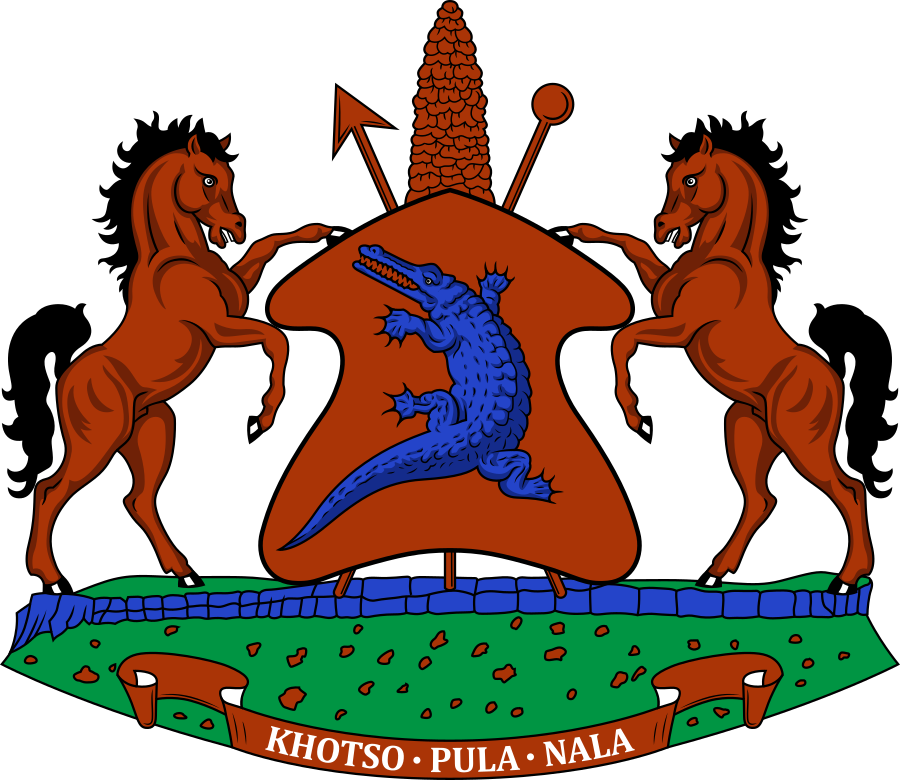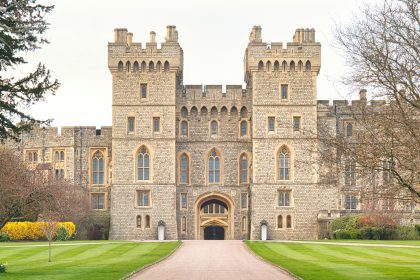Nestled in the heart of Southern Africa, bordered entirely by South Africa, lies the small yet historically rich kingdom of Lesotho. Known as “The Kingdom in the Sky” due to its lofty mountain ranges, Lesotho has a unique cultural identity shaped largely by its monarchy. The history of Lesotho’s monarchy is a tapestry woven with threads of resilience, leadership, and the enduring spirit of its people. This article delves into the rich history of Lesotho’s monarchy, tracing its origins, evolution, and contemporary significance.
Origins of the Monarchy
The roots of Lesotho’s monarchy can be traced back to the early 19th century, during significant upheaval in Southern Africa. The rise of the Basotho nation was largely attributed to the leadership of King Moshoeshoe I, who unified various clans and tribes in the region. Born as a simple chief in 1786, Moshoeshoe emerged as a formidable leader amid the chaos of the difaqane (or mfecane) — a series of wars and migrations resulting from the expansion of the Zulu Kingdom under Shaka Zulu.
Moshoeshoe’s strategy of diplomacy and coalition-building allowed him to consolidate power and establish the Basotho nation. He founded the capital at Thaba Bosiu, a mountain fortress that became a symbol of Basotho identity and resistance. Thaba Bosiu was a strategic military stronghold and a seat of governance where Moshoeshoe could gather his followers and strengthen their unity. His reign lasted until 1870, and he is revered as a national hero and the founding father of the Basotho people.
The Structure of the Monarchy
Lesotho’s monarchy is deeply intertwined with its cultural and social fabric. The king holds a prominent ceremonial role, symbolizing unity and continuity for the nation. The monarch’s powers are largely symbolic, with actual governance being carried out by elected officials within a constitutional framework. Nevertheless, the king plays a critical role in the country’s cultural and traditional affairs.
The traditional structure of the monarchy is complemented by a council of chiefs, which includes various local leaders who represent different regions and clans. This council serves as an advisory body, ensuring that the people’s voices are heard in governance. The king’s authority derives from traditional customs and the constitution, reflecting a unique blend of modern democratic principles and ancient traditions.
Colonial Challenges and Resilience
The 19th and early 20th centuries marked a tumultuous period for Lesotho as colonial powers sought to control the region. The British, in particular, played a significant role in shaping Lesotho’s modern history. 1868, following conflicts with neighboring Boer settlers, Lesotho became a British protectorate. This arrangement had profound implications for the monarchy and the Basotho people.
Despite losing direct sovereignty, the monarchy adapted to the new colonial context. King Moshoeshoe II, a descendant of Moshoeshoe I, ascended to the throne in 1960, symbolizing national pride and resistance against colonial rule. The monarchy was instrumental in advocating for the rights of the Basotho people during this period, navigating the complexities of colonial governance while preserving cultural identity.
Lesotho gained independence from British rule on October 4, 1966, marking a new chapter in the monarchy’s history. King Moshoeshoe II returned to the throne, heralding a period of renewed hope and national pride. However, the political landscape remained unstable, leading to coups and political turmoil in the following decades.
The Modern Era: Challenges and Reforms
The latter half of the 20th century was marked by political instability in Lesotho, characterized by coups, civil unrest, and challenges to the monarchy’s authority. In 1990, King Moshoeshoe II was exiled following a coup, and his son, Prince Seeiso, was appointed regent. The political situation continued to evolve, and in 1993, democratic elections were held, leading to the return of King Moshoeshoe II to power.
However, the monarchy’s role in governance remained contentious. 1996, King Moshoeshoe II passed away, and his son, King Letsie III, ascended to the throne. King Letsie III’s reign has been marked by efforts to strengthen the monarchy’s role in a democratic society. He has advocated for national unity, social development, and preserving Basotho culture.
In recent years, the monarchy has faced governance and constitutional reform challenges. The king’s role as a unifying figure remains crucial, especially during political uncertainty. King Letsie III has engaged with various stakeholders, including political leaders and civil society, to promote dialogue and stability in the country.
Cultural Significance of the Monarchy
The monarchy in Lesotho is more than just a political institution; it represents the cultural heritage and identity of the Basotho people. Traditional ceremonies, rituals, and celebrations often center around the royal family, reinforcing the monarchy’s connection to the nation’s history and values. Events such as the annual Moshoeshoe Day, celebrated on March 11, honor the legacy of the founding king and serve as a reminder of the unity and resilience of the Basotho nation.
The royal family also plays a vital role in promoting cultural preservation. King Letsie III has been instrumental in initiatives aimed at safeguarding Lesotho’s rich traditions, languages, and customs. The monarchy’s active involvement in cultural events helps to foster a sense of pride and belonging among the Basotho people, particularly the youth.
The Monarchy’s Future
As Lesotho navigates the complexities of modern governance and societal change, the monarchy’s future remains a topic of discussion. While the king’s role is primarily ceremonial, there is a growing recognition of the importance of traditional institutions in maintaining social cohesion and cultural identity. Efforts to strengthen the relationship between the monarchy and the government could pave the way for a more harmonious coexistence of traditional and modern governance structures.
The monarchy in Lesotho continues to inspire hope and unity among the Basotho people. As the nation faces economic development, social inequality, and political instability, the royal family is a beacon of resilience and cultural pride. The ongoing dialogue between the monarchy and the people will be crucial in shaping the future of Lesotho, ensuring that its rich history and traditions are preserved for generations to come.
Conclusion
The history of Lesotho’s monarchy is a testament to the enduring spirit of a people who have faced adversity with resilience and unity. From the visionary leadership of King Moshoeshoe I to the contemporary efforts of King Letsie III, the monarchy has played a pivotal role in shaping Lesotho’s identity and cultural heritage. As the nation moves forward, the monarchy’s legacy will continue to resonate, reminding the Basotho people of their rich history and the values that bind them together. The story of Lesotho’s monarchy is not just a chapter in the annals of history; it is a living narrative that continues to evolve, reflecting the aspirations and dreams of a proud people.



